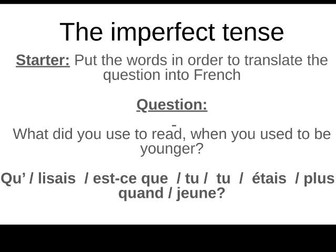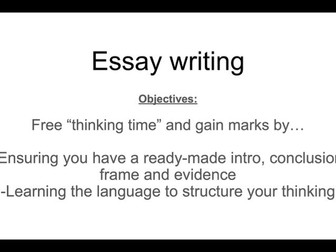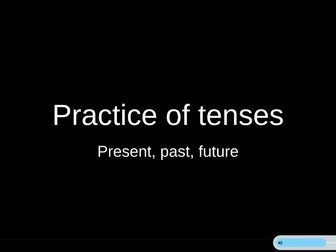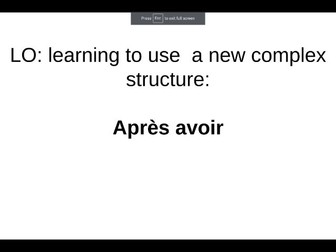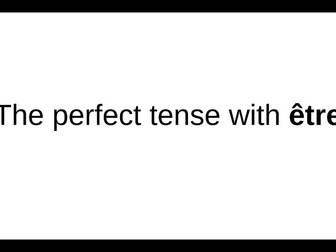
The imperfect tense in French / l'imparfait
This is a very scaffolded resource for beginner/ intermediate students wanting to learn the mechanics of the imperfect tense, its most common use (used to…) and to start distinguishing it from the perfect tense.
There is lots of opportunities for formative assessment.
The resource proposes alternatives to cater for students of various abilities.
It finishes with a creative task to stretch the most able students.
